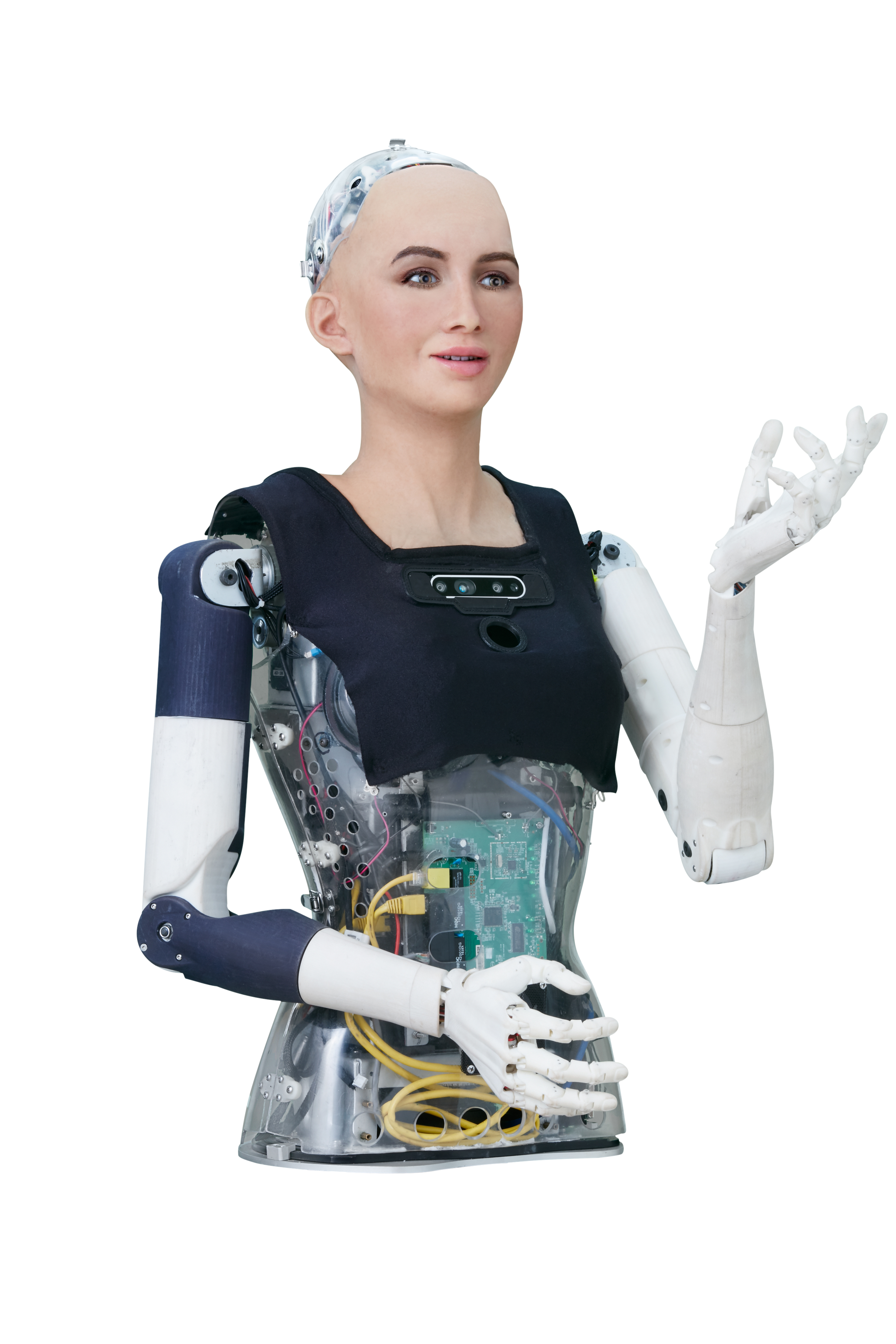R2-D2 and C-3PO, the robots in the popular movie Star Wars, gave us a glimpse of the artificial intelligence (AI) robots of the future. While some prefer the term “deep learning” over AI, both names pretty much mean the same thing. In recent years, AI robots have become a reality. Sophia, a female robot built by Hanson Robotics, was the first robot granted a full citizenship by Saudi Arabia. While we don’t know what that citizenship means, we do see Sophia is able to carry on a normal human conversation. During an interview by a human reporter, the half-height robot was able to eloquently answer all the questions, accompanying her answers with facial expressions. AI is coming to you. Are you ready?

The Need for Speed
The human brain is the most sophisticated creation ever. AI engines attempt to re-create or mimic the human brain. Based on various senses, the brain can detect, learn, process data, and make the appropriate decisions. AI engines require complex software algorithms, computing power, and sensors in order to process and make decisions in applications such as factory production, autonomous driving, and other smart things in both supervised and unsupervised learning. And we expect the end results to be smart, accurate, and fast.
The AI Race
What is the path to success? To achieve the objectives of being smart, accurate, and fast, some are building upon existing graphic processing capabilities, while others are defining a new computing architecture. The ultimate goal is doing many things, very fast. NVIDIA has positioned itself as a deep learning innovator based on its graphics processing unit (GPU). The company has successfully transformed itself from a game device company to a deep learning company. Its GPU can compute in 125 teraflops. In an image processing application, a GPU-based system can potentially replace 300 CPU-only systems.
But are GPUs fast enough for future AI applications? To achieve even greater speed, NVIDIA acquired Mellanox, which offers high performance computing (HPC). Combining NVIDIA GPUs, Mellanox’s InfiniBand standard based interconnect technology, and other related neural network technologies, NVIDIA is able to double the network performance of its existing system. To make this happen, NVIDIA had to spend $6.9 billion, which includes a 15 percent premium to outbid its rival Intel. NVIDIA is going for speed.
Others are not sitting idle either. Amazon announced its Inferentia chip and also offers an AI computing platform as a service. Intel, after losing out in its bid to acquire Mellanox, will continue to focus on its Movidius Myriad 2 AI chip. AMD delivers 29.5 teraflops performance with its Radeon Instinct M160 GPU. Google develops its own tensor processor unit (TPU) ASICs (third generation) from the ground up. Together with TensorFlow, an end-to-end open source platform for machine learning, Google’s cloud cluster can optimize the combination of CPUs, GPUs, and TPUs. Not wanting to fall behind, the mobile giant added AI software to its Snapdragon platform and called it AI. Finally, the Chinese online giant Alibaba has devoted resources to AI chips, though no specific commercial chips have been made available.
A U.K.-based startup Graphcore Limited, with offices in Palo Alto, Calif., is taking a totally different route by offering an intelligent processing unit (IPU). The company also provides IPU-Accelerator cards. Its initial funding of $200 million coming from Microsoft, BMW, and others has created a company with a $1.7 billion valuation today. It is a potential threat to NVIDIA if indeed IPUs will replace GPUs in the future. The AI industry will keep innovating. As AI-based applications demand more and more processing power, may the fastest chip win!

